A scientific tool for the environment
In 2025, in addition to its air quality measurement and information missions, the Generali balloon of Paris will be raising public awareness of climate change.
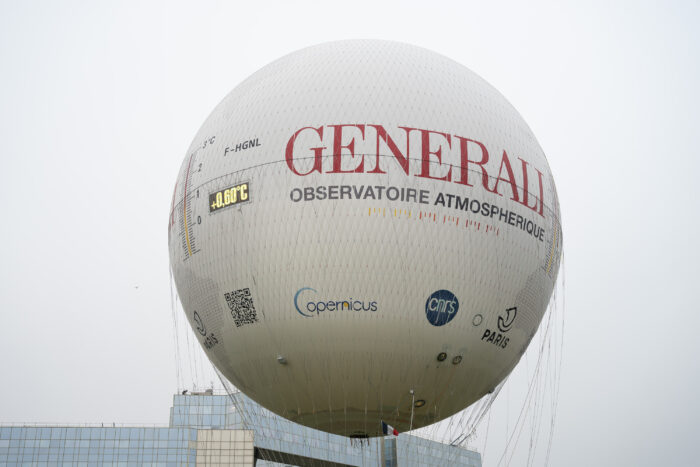
The balloon displays in real time on its envelope :
- The increase in the average annual temperature compared to the pre-industrial era, worldwide and in Europe.
- The increase in the average monthly temperature in Europe compared to the 1991–2020 reference period averages.
To this end, it is collaborating with the Climate and Atmosphere departments of Copernicus, the European Commission’s Earth observation program. These services, implemented by ECMWF (European Centre for Medium-Range Weather Forecasts), join the balloon’s circle of scientific partners.
Climate indicators displayed on the balloon envelope
Thanks to our partnership with ECMWF-Copernicus

1850-1900
Increase in average annual temperature in the world
compared to the pre-industrial era

1850-1900
Increase in average annual temperature in Europe
compared to the pre-industrial era

1991-2020
Increase in average monthly temperature in Europe
compared to the averages of the reference periods 1991-2020
A long scientific career
Since 2008, the Paris balloon has been informing Parisians about air quality by changing color according to pollution levels according to the ATMO index, based on the most problematic pollutants (nitrogen dioxide, sulfur dioxide, ozone and fine particles).
The ATMO index, published by Airparif since 2021, is a qualitative daily index of air quality. It illustrates the quantity of the five most problematic pollutants for air quality – ozone, nitrogen dioxide (NO2), sulfur dioxide (SO2) and suspended particulates (PM10 and PM2.5) – with the following color palette:
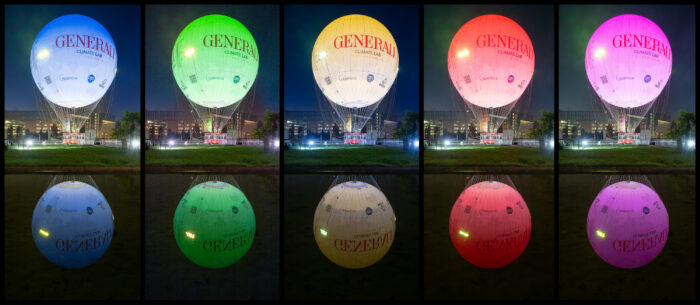
In 2013, the Generali Balloon of Paris became a flying laboratory for air quality, carrying scientific measuring instruments.
The balloon measures 3 atmospheric pollutants in real time, from 0 to 300 m
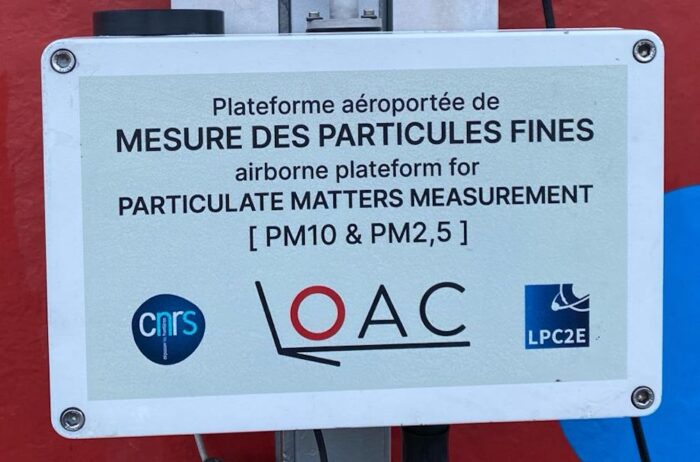
Particulate Matters
From 2013, the balloon will measure Particulate Matters in ambient air, in real time from the ground up to a height of 150 meters (300 meters for some flights), using the LOAC instrument, in partnership with the LPC2E laboratory of the CNRS (Centre National de la Recherche Scientifique).
Particulate Matters
Responsible for 40,000 premature deaths a year, according to Santé Publique France, Particulate Matters with a diameter of less than 2.5 microns promotes respiratory disease. Able to penetrate deep into the bronchial tubes, they can reach the bloodstream and cause strokes. They are measured on the balloon by the LOAC sensor.
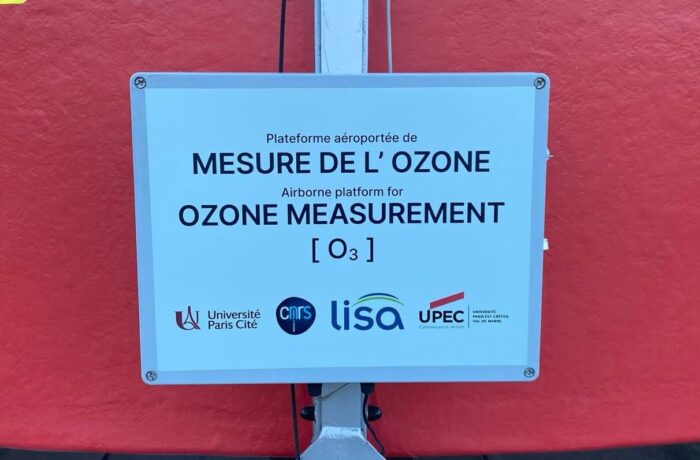
Ozone
From 2018, other instruments will be added, notably to study Ozone in real time, in collaboration with the LISA laboratory.
Ozone
What to do during an ozone peak?
In the event of heavy ozone pollution, go outside preferably before 11 a.m. and after 8 p.m., avoid strenuous physical activity, air your home twice a day for 10 minutes, preferably on the courtyard side and in the early morning in winter, or at night in summer, and consult a doctor if you experience respiratory discomfort.
The WHO recommends not exceeding the daily maximum of 100µg/m3 for more than 3 days a year.
The highest concentration ever measured at Ballon Generali: 240 µg/m³ on July 26, 2018.
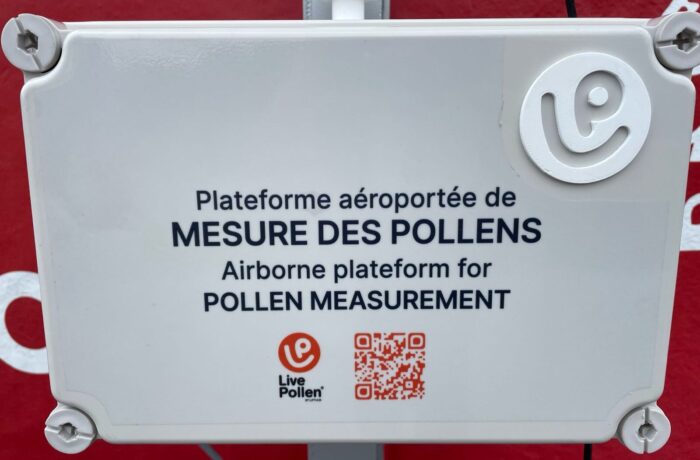
Pollens
Since 2024, the balloon has housed a dedicated pollen sensor. Its measurements can be consulted via the Live Pollen application, which also offers an alert system for its users.
Pollens
Climate change has not only increased the quantities of pollen released into the atmosphere, but also made plant growth less regular and therefore less predictable, making real-time measurement all the more necessary to promote prevention. An estimated 7% of the population was affected by pollen allergy in the 1970s, compared with 25% today and 50% in 2050.
Consult the Live Pollen application for real-time pollen levels measured locally
A real help to improve the quality of life of allergy sufferers, by enabling them to anticipate better!
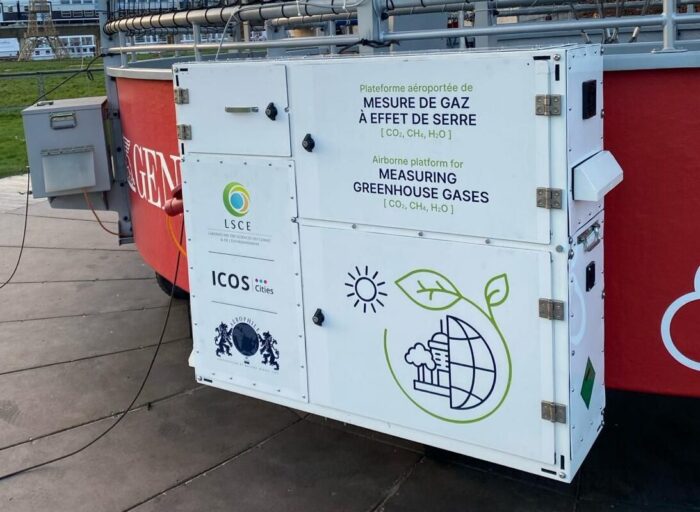
Measuring greenhouse gases
Since 2024, the Generali balloon of Paris has also been measuring the main greenhouse gases (GHGs) with methane, carbon dioxide and water vapor sensors (grouped together in a single LSCE – ICOS box) as part of the European ICOS Cities program.
The balloon measures these 3 key elements linked to global warming in real time
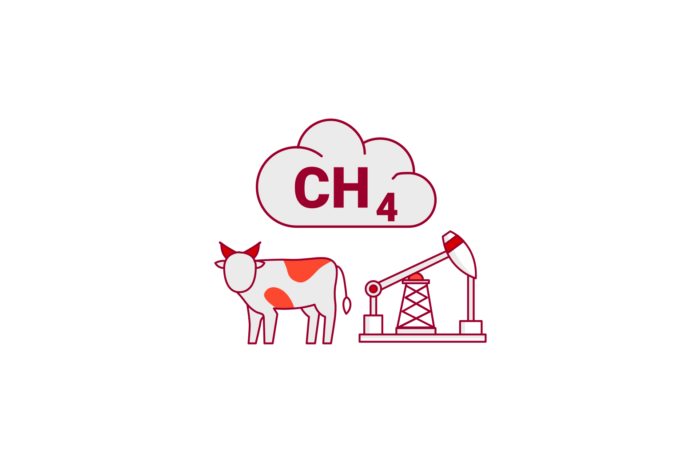
Methane
The methane (CH4) sensor installed by ICOS and supported by the Laboratoire des Sciences du Climat et de l’Environnement (LSCE) is furthering our knowledge of greenhouse gases in cities. Although not directly harmful to human health, methane is responsible for half of all increases in ground-level ozone, a recognized air pollutant.
Methane
Methane is a powerful greenhouse gas: over 20 years, its warming effect is 80 times greater than that of carbon dioxide.
Methane has been responsible for around 30% of global warming since the pre-industrial era, and its proliferation is extremely rapid.
The main methane-emitting sectors are agriculture (40%), fossil fuels (35%) and organic waste (20%).
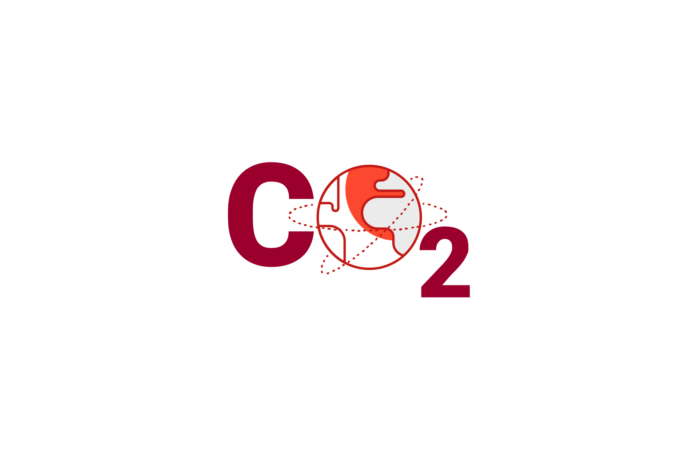
Carbon dioxide
Also measured by a sensor in the European ICOS network, carbon dioxide (CO2) is the main gas responsible for the greenhouse effect and therefore for climate change.
In 2022, for the first time, global average CO2 concentrations exceeded pre-industrial values by 50%.
Carbon dioxide
Global greenhouse gas (GHG) emissions rose faster between 2000 and 2010 (+2.2% per year) than in the previous three decades. Keeping global warming below +2°C average temperature, as stipulated in the Paris Accords, requires reducing global GHG emissions by 40-70%. Given the lifespan of CO2, the warming already observed will persist for several decades, even if emissions fall.
CO2 is produced by animals – and man! – during respiration, but also by the decomposition of biomass and the use of fossil fuels. Plants, through photosynthesis, can capture some of it, hence the fundamental role of forests in carbon capture.
Just under half of all CO2 emissions remain in the atmosphere. The oceans absorb just over a quarter, and terrestrial ecosystems such as forests just under 30%, depending on the year.

Water vapor
Why does the ICOS/LSCE sensor measure this seemingly harmless element? Because water vapour (H2O) plays a major role in the climate system, as a powerful greenhouse gas and cloud-forming agent. It also has a feedback effect: it reacts very quickly to temperature variations induced by persistent greenhouse gases such as CO2.
Water vapor
If we consider the capacity to trap heat from the Earth’s surface, it is water vapour and clouds that contribute most to warming. But the amount of atmospheric water vapour is a direct result of the increasing concentrations of CO2 and other persistent greenhouse gases.
Since we can’t directly influence the volume of water vapour in the atmosphere, because water is everywhere – it covers 71% of the earth’s surface – the only way to contain rising temperatures is to limit the concentration of greenhouse gases we can control, such as CO2.
